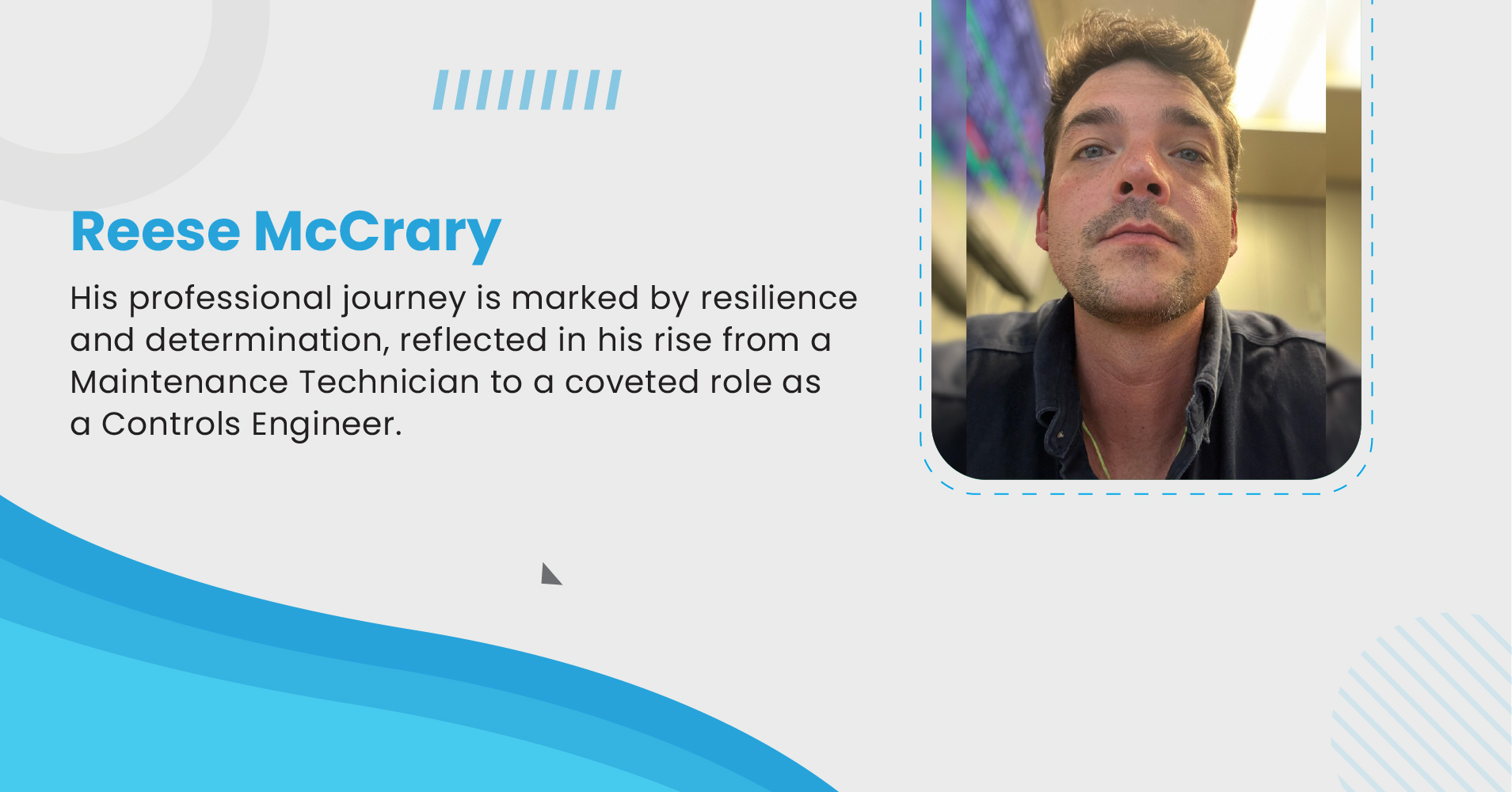
In the modern world, achieving a harmonious balance between personal life and professional obligations has become a central theme in many people’s lives. As work pressures escalate and personal commitments deepen, the ability to manage both spheres effectively has increasingly become a testament to one’s resilience and adaptability. This article delves into the strategies, challenges, and benefits of maintaining equilibrium between personal and professional life, offering insights into how individuals can navigate this intricate balancing act.
Understanding the Dynamics of Work-Life Balance
Work-life balance refers to the state wherein an individual manages to equitably distribute their time and energy between work and other important aspects of their life. It’s a fluid concept, as the ideal balance can vary greatly among different people based on their roles, responsibilities, personal goals, and life stages.
Challenges in Achieving Work-Life Balance
One of the primary challenges in achieving work-life balance is the increasing demand of modern work environments. With technology blurring the lines between work and home, employees often find themselves tethered to their jobs beyond traditional working hours. This “always on” culture can lead to burnout, stress, and a decline in both mental and physical health.
Personal life demands can also create challenges. Family responsibilities, personal relationships, and self-care are crucial and can demand significant time and energy. Balancing these with a demanding career often leaves individuals feeling stretched thin, struggling to give adequate attention to both areas.
The Impact of Poor Work-Life Balance
The consequences of poor work-life balance extend beyond personal dissatisfaction. Professionally, it can lead to decreased productivity, reduced job satisfaction, and a higher turnover rate. Personally, it can strain relationships, reduce life satisfaction, and lead to significant health issues. Therefore, fostering an effective work-life balance is not just important for individuals but is also critical for organizational success.
Strategies for Enhancing Work-Life Balance
Achieving a healthier work-life balance requires deliberate actions and sometimes significant changes in both mindset and lifestyle. Here are several strategies that can help:
Setting Clear Boundaries
The foundation of good work-life balance is setting clear boundaries. This means defining specific work hours and sticking to them, ensuring that work does not spill over into personal time. It also involves having clear physical boundaries, like a dedicated workspace, to help compartmentalize professional and personal activities.
Time Management
Effective time management is crucial. This includes prioritizing tasks, setting realistic goals, and using tools like calendars or apps to keep track of both personal and professional commitments. Learning to say “no” to non-essential tasks can free up time for important personal interactions and self-care.
Embracing Flexibility
Flexibility can be a key enabler of balance. This might involve flexible working hours or locations, as well as adopting a mindset that accommodates unforeseen changes in both personal and professional spheres. For organizations, offering flexibility can be a critical strategy in retaining talent and boosting employee satisfaction.
Technology as a Tool
While technology is often blamed for the erosion of work-life boundaries, when used correctly, it can be a powerful ally. Tools that streamline tasks, manage time, and facilitate communication can help maintain balance. However, it’s also crucial to take regular breaks from technology to prevent burnout.
Focus on Health and Wellbeing
Maintaining physical and mental health is crucial in managing life’s stresses. Regular exercise, a healthy diet, sufficient sleep, and mindfulness practices like meditation can enhance one’s ability to cope with both professional pressures and personal responsibilities.
Support Systems
Having a robust support system in both personal and professional life can alleviate much of the stress associated with juggling multiple roles. At work, this might mean having colleagues or mentors to share burdens with. In personal life, it involves leaning on family and friends for help and companionship.
Benefits of Achieving Work-Life Balance
Achieving a balanced life brings numerous benefits. Professionally, it can lead to greater productivity and creativity, as well as higher job satisfaction and loyalty. Personally, it leads to improved relationships, better health, and a higher overall quality of life. Moreover, a good balance can lead to improved mental health, with reduced symptoms of stress and anxiety.
Real-Life Application and Continuous Improvement
Integrating these strategies requires regular reflection and adjustment. It’s essential to periodically assess one’s life for imbalances and readjust as necessary. This might mean altering work habits, reevaluating priorities, or changing personal commitments as circumstances evolve.
Balancing personal and professional life is not a one-time achievement but a continuous process that demands attention and adaptation. By employing effective strategies and maintaining a flexible approach, individuals can navigate the complexities of modern life. Achieving this balance not only enhances individual well-being but also contributes to the success and health of organizations. In essence, the quest for work-life balance is about crafting a fulfilling life where personal happiness and professional success are not at odds but rather complement each other in the journey toward a holistic and satisfying existence.